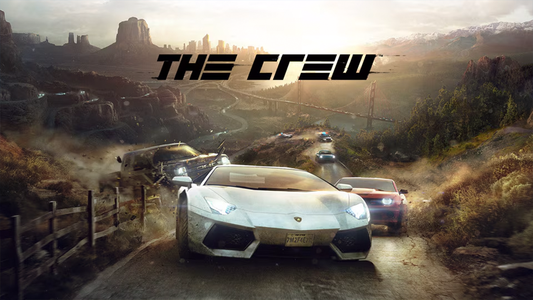This week, our partnership with game criticism site Critical Distance brings us picks from Johnny Kilhefner on topics ranging from Konami's decision to pull P.T. to the challenges faced by game narrative.
In trying to figure out what to say this week, and by say, I mean figure out how to structure what these other writers were saying in such a way as to best complement their work, I found this piece by Maddy Myers to really say it all:
Creating art and music is not just about the glamorous act of being inspired and pouring out your soul. It, too, is rife with the thoroughly unromantic grind of production and editing and refinement and polishing. The grueling march of notating, measure by measure, every single not that every instrument must perform, and at what time, and in what way. The rote memorization required for performance. The expectation of acknowledging an existing "canon," even if only to rebuke and subvert it. And even when the code loads or the right notes get played, all art can fail, in its own way. That's exactly why creation is terrifying.
It might be my own background in music, but what a beautifully succinct description of creators of art. I hope you'll find the selections this week to be a phrase of individual notes, the different tones creating a harmonious melody.
What’s In a Story?
At Offworld, Leigh Alexander asks, "Why are the stories in video games so bad?"
The writers of FemHype want to make you cry, or at least, relive what games made you shed a tear or two in "Press F to Grab Kleenex: Our Top Emotional Moments in a Video Game" (Content Warning: descriptions of sexual assault).
Elsewhere, Drew Toal writes of two games recently released that both take place in Victorian London, but only one of them gets it right.
Sam Zucchi riffs on the narrative defining tracking shots of Daredevil and True Detective, comparing them to the camera in action games, and it's not pretty:
Yet the very elements that tracking shots can transmit are too often the very same elements that action games neglect, producing their opposites: linear environments instead of complex ones; buggy, stodgy action instead of grace; the lazy expression of a vicarious power fantasy instead of legitimate tension.
Over at VICE, Ed Smith writes about Watch Dogs' Aiden Pearce and how the music on his smartphone makes him an even worse character.
While at MotherBoard, Soha Kareem takes on “The Dirtiest Job in Video Games”
In light of Koji Igarashi's Kickstarter campaign, Michelle B. took to FemHype to examine Igarashi's history with women protagonists in “What Is a Woman?! Bloodstained & Koji Igarashi’s Female Characters"
Blake Reynolds comes to terms with pixel art and his desire to communicate with his audience in a language they understand, even if it means foregoing the form he loves.
While at Offworld, Jon Peterson writes about the blurring of the lines between reality and fantasy by not the players, but the authority figures.
Finally yet importantly, Carolyn Petit looks at how a graphic novel challenges the convention of videogames:
Why do we simply accept that so many games present violence as the only way to solve a problem? Why do we accept so many narratives about brave heroes fighting evil and rescuing the girl without ever questioning how the narratives are constructed precisely to leave us with no room to ask questions about whether the bad guys are really so bad or whether what we’re doing is really so good?
Fire Dancers, Speed Runners and the Cruelty of the Industry
At VGChartz, Corey Milne bemoans the loss of P.T. and the need for a culture of digital conservation:
No tags.





































